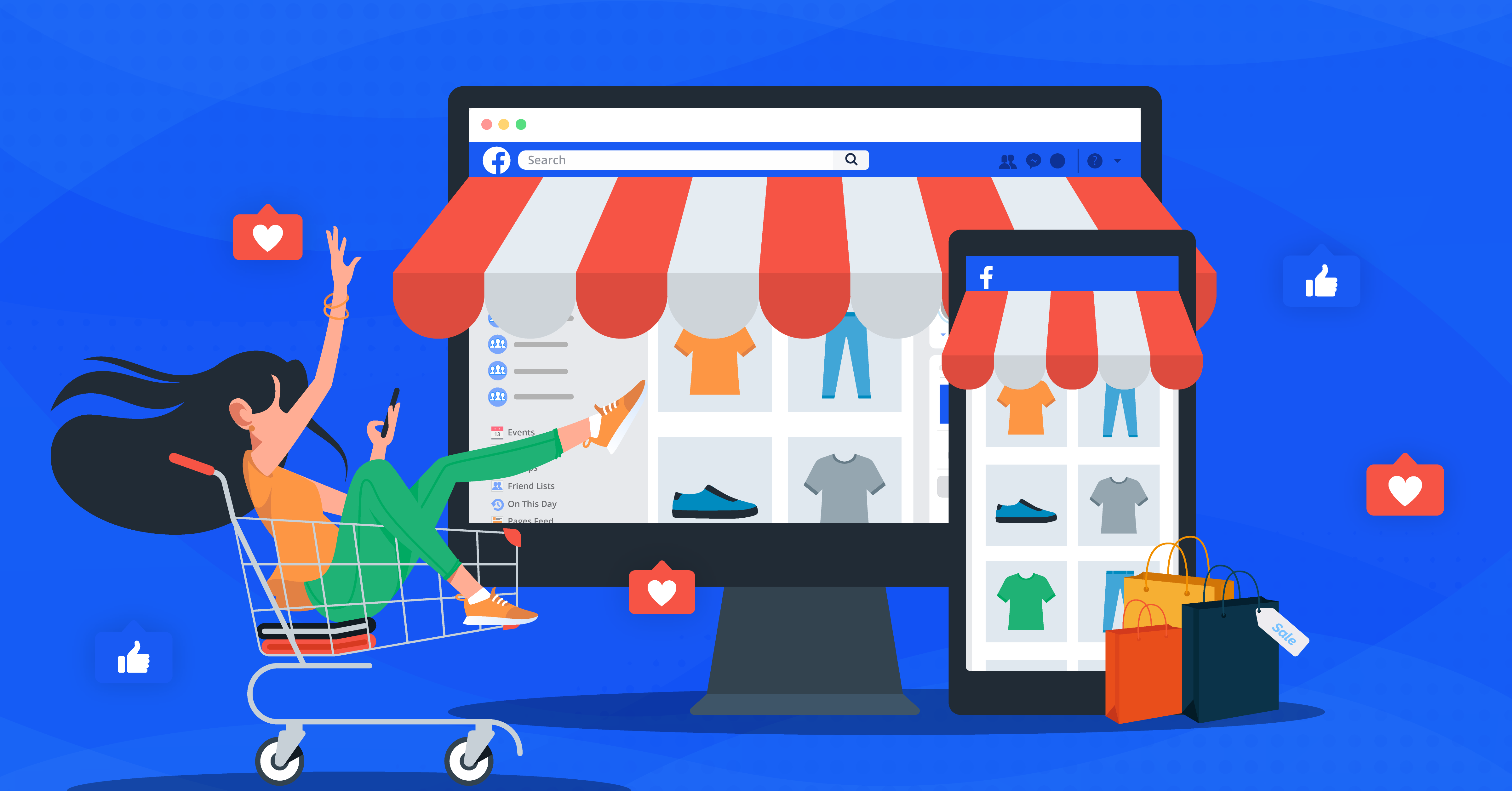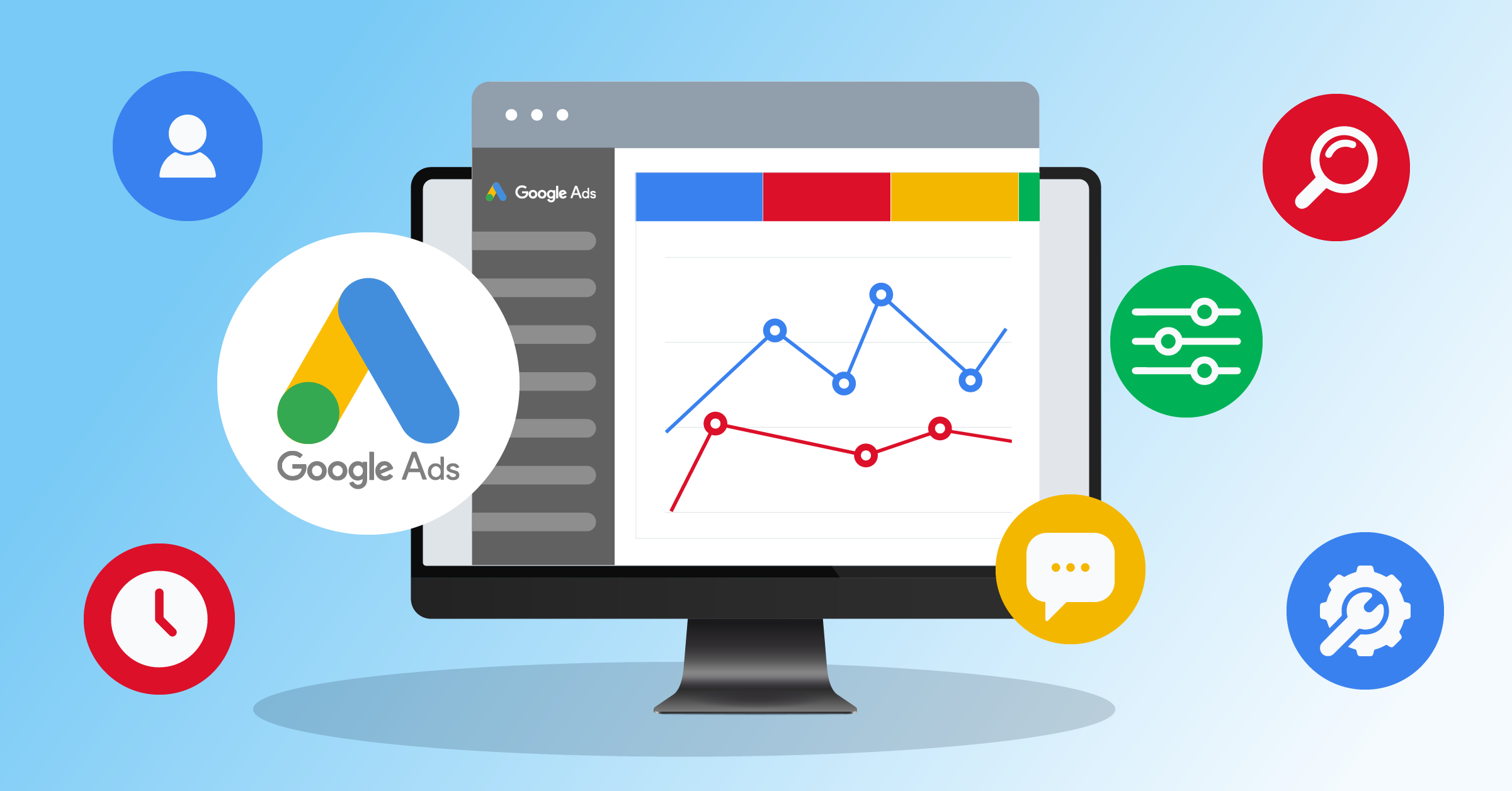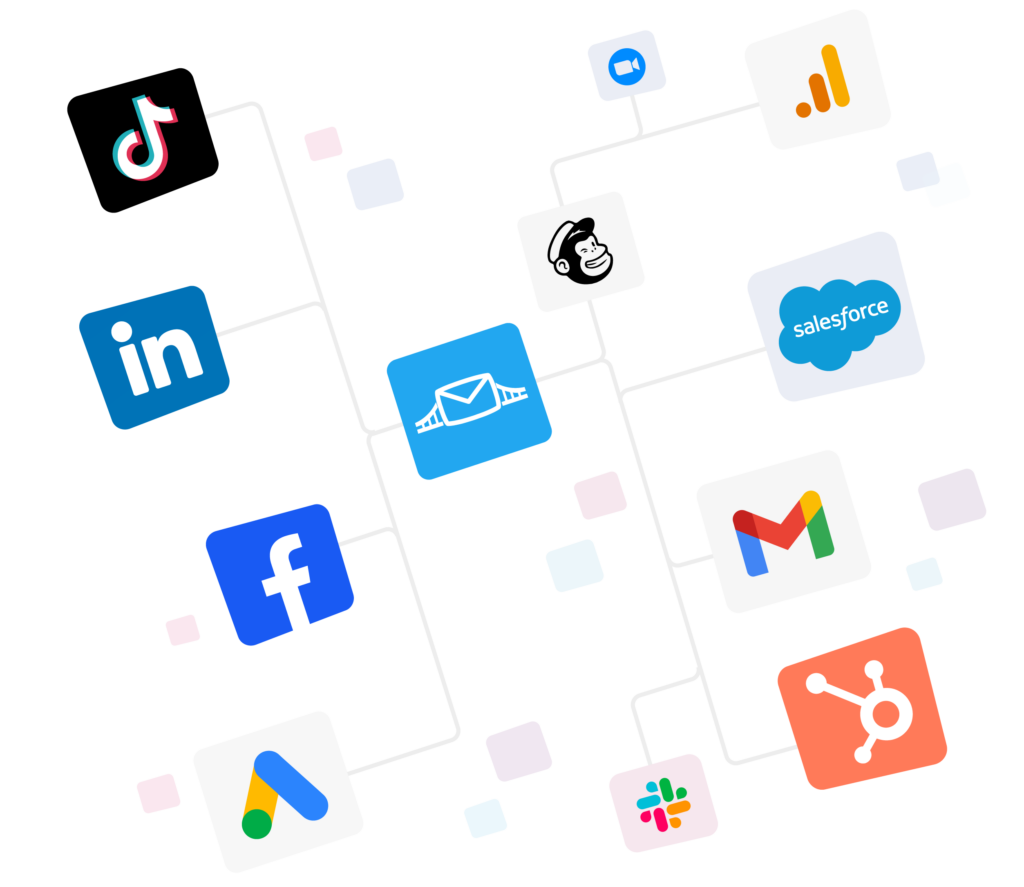
Most businesses know that both sales and marketing are important. Yet, they usually fall out of balance by relying on one over the other.
Does your business care more about tribal loyalties?
Or does it mainly focus on what reliably gets attention and converts it into revenue?
With a strong partnership between the two, you can become the go-to brand in your niche.
But how can you do this? It mostly depends on where you channel your advertising budget, including the platforms and tools you use.
- YouTube Ads vs. Facebook Ads: What each platform is built to do
- Facebook video ads vs. YouTube Ads: Formats and objectives
- Facebook vs. YouTube Ads: Targeting and signals
- Facebook Ads vs. YouTube Ads: How measurement works
- YouTube Ads vs. Facebook Ads: Bidding and cost control
- Automation: How to streamline your ads on both platforms
- Final thoughts
In this article, we’ll go over YouTube Ads vs. Facebook Ads (across Meta technologies), how they’re different, and how to use them efficiently.
This includes using both native and third-party tools, such as automated integrations:
YouTube Ads vs. Facebook Ads: What each platform is built to do
As part of the Google Ads ecosystem, YouTube is a video-first and intent-adjacent platform. Users arrive to watch and research.
To run your ads, you can buy placements across:
- Skippable and non-skippable in-stream
- Bumper
- In-feed (formerly Discovery)
- Shorts
- Masthead
In 2025, Google moved social-style prospecting into Demand Gen campaigns. These campaigns now span over YouTube, Shorts, Discover, and Gmail for multi-format reach.
If you want story, sound, and sight elements in your ad creative with measurable downstream action, YouTube is your canvas.
Advertising on Facebook and Instagram (Meta) platforms is still the fastest way to test your campaign ideas. Your brand can reach a broad audience, send them into your ad funnel, and interact with them directly.
Ad objectives on Facebook are outcome-based, including Awareness, Traffic, Engagement, Leads, App Promotion, and Sales.
Adding these to the native lead ads and strong server-side attribution via Conversions API (CAPI), you have built yourself a demand generation machine.
Keep in mind that Meta needs a data feedback loop to work properly. Connect your data to the platform, and it will optimize your ads and get better at targeting your audiences day by day.
Facebook video ads vs. YouTube Ads: Formats and objectives
On YouTube, you need to pick the format that matches your ad creative and its objective:
- Skippable in-stream for narrative selling and longer explanations.
- Non-skippable (15s to 30s on select inventory) and bumper (6s) for the best reach.
Demand Gen to deploy multi-format creative across YouTube/Shorts/Discover/Gmail when you want social-like scale with Google signals. - In-feed and Shorts for mobile-native hooks.
On Meta, however, you need to start with the outcome. What this means is that you need to decide on the end result before committing to your creative. This may be:
- Leads (instant forms)
- Sales (site and app purchase)
- Engagement (video views or messages).
Creative should be vertical-first with a fast hook and native to Feed, Reels, or Stories. If you’re collecting leads, use the native form and keep it short.
Want some insider tips for your creative rules?
Launch YouTube with a 15–30s in-stream cut for “explainers” plus a 6–10s Shorts edit for reach.
On Meta, use 6–15s verticals for Reels or Stories and a square Feed variant. You need to create an offer and CTA that match across both, so your data measurements make sense later on.
Facebook vs. YouTube Ads: Targeting and signals
Audience targeting on YouTube uses:
- In-market: Customers who are in the market, researching products, and actively considering buying.
- Affinity: Reach users based on a holistic picture of their lifestyles, interests, and habits.
- Custom segments: You decide how you want to reach your ideal segment by entering keywords, URLs, and apps.
- Customer Match: Segments for your first-party lists.
As you see, these are complex data segments. Having an interconnected tool system and automated data handling allows you to layer your CRM data to retarget and to seed value-based bidding.
The same is true for Meta. Custom audiences and lookalikes are the backbone for repeatable campaign success. So you need to feed them granular CRM cohorts (buyers, trial users, churn risks) and keep them up to date.
In time, Meta improves your ad delivery when the seed audience is both recent and relevant.
It’s important that you use first-party segments on both platforms and keep them updated continuously.
Why? Because that’s the actual difference between “testing” and building a compounding audience asset.
Again, you can do this via automated data bridges that you can build once and forget about them.
Facebook Ads vs. YouTube Ads: How measurement works
For YouTube, you can measure your performance with Engaged-View Conversions (EVC). It basically calculates a conversion when someone watches a qualifying portion of a video, which is about 10 seconds for skippable ads, or converts within that window.
What Meta suggests to all advertisers is to implement Conversions API alongside Meta Pixel. This connection then passes data from web, app, or off-platform events from server to server.
You can further dedupe your event lists for stronger attribution and optimization. Besides better ads, this has become a non-negotiable after privacy changes.
Similarly, Google lets you import conversions, which can improve your ad targeting while offering better ads at cheaper prices.
YouTube Ads vs. Facebook Ads: Bidding and cost control
- Meta ad costs
Your Facebook Ads costs come about using this formula: Highest Volume with Lowest Cost, so that its algorithm can learn quickly.
After you have stable conversion data, however, you can switch to Cost Cap for CPA stability on scaled spend.
A good rule of thumb is to keep your budgets managed enough to hit 50+ optimization events per week.
- YouTube Ad costs
YouTube costs for both Video and Demand Gen are calculated slightly differently.
It’s best to start with Maximize Conversions, then upgrade to target ROAS or Max Conversion Value when you have value signals.
Demand Gen supports value-based bidding and cross-surface delivery for action.
You should, however, expect cost variability by industry. Anyone promising you a universal “YouTube is cheaper” or “Meta is cheaper” is simply not right.
The only consistent fact is that the platform that gets better signals from you will get cheaper over time.
Automation: How to streamline your ads on both platforms
There’s so much wrong with relying on CSVs and manual uploads:
- Your audiences go stale
- Your workflows are repetition-heavy
- Your algorithms learn from old data
- Chances of errors and a faulty database increase
- Your business cannot grow without new headcount and more.
Automated data bridges fix these data management issues so the advertising platform of your choice can actually help you send out ads that bring back customers.
LeadsBridge’s integrations allow you to:
- Keep your audiences up to date
Keep your custom audiences and Google Customer Match up to date from your CRM in real-time. That means your retargeting and lookalike seeds stay fresh.
- Send your leads into your CRM as they come in
Push the data from lead ads and YouTube/Google lead form assets straight into your CRM, email, Slack, and sheets in real time. Faster speed-to-lead translates to far fewer dropped contacts.
- Sync your conversion data
Send qualified events and sales back to Meta via Conversions API.
Final thoughts
There’s no universal prizewinner in Facebook vs. YouTube Ads.
Run YouTube for explanation and intent-focused demand creation. And use Meta for rapid testing and brand growth.
Regardless of the platform, your data needs to be managed effectively if you want to achieve any results from your advertising.
Create your interconnected data stack using:
- LeadsBridge integrations for Facebook Ads
- Automated data bridges for YouTube




























